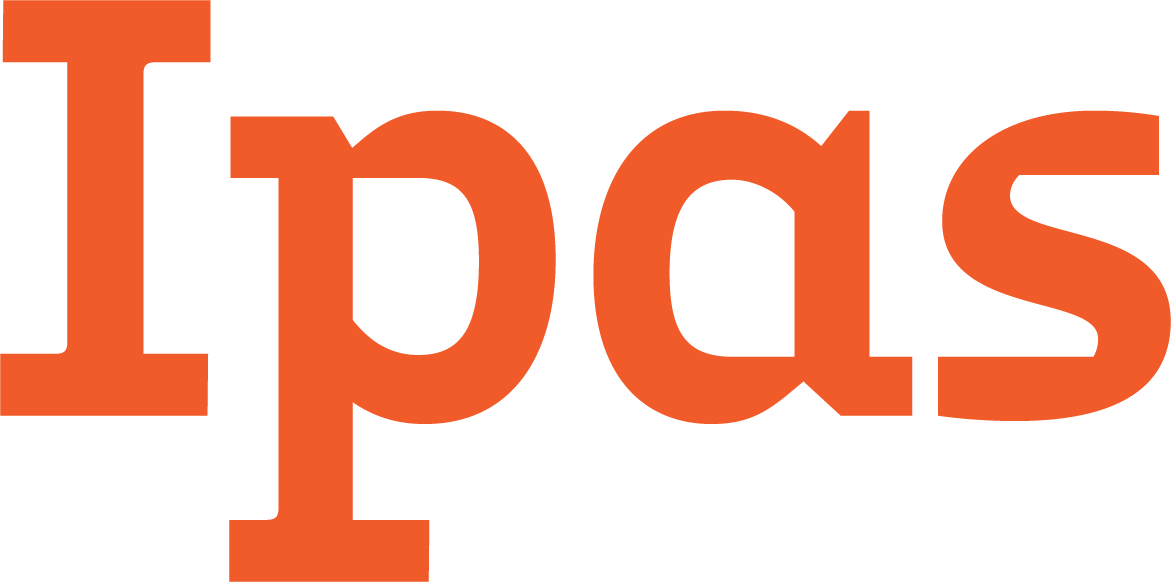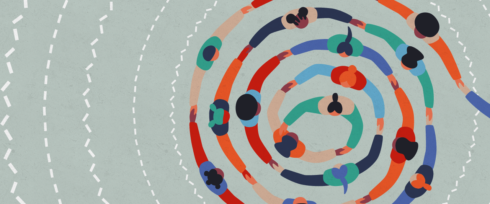Unsurprisingly, many women who get abortions are moms. For example, 61% of women in the United States who have abortions are already mothers, and more than half of them have two or more children.
In a global study of 14 countries, the most common reasons given for seeking an abortion were socioeconomic concerns and the need to limit childbearing. Having access to safe abortion is an option that can help moms and their families stay healthy, financially stable and in control of their lives.
Mothers need abortion access: Their stories
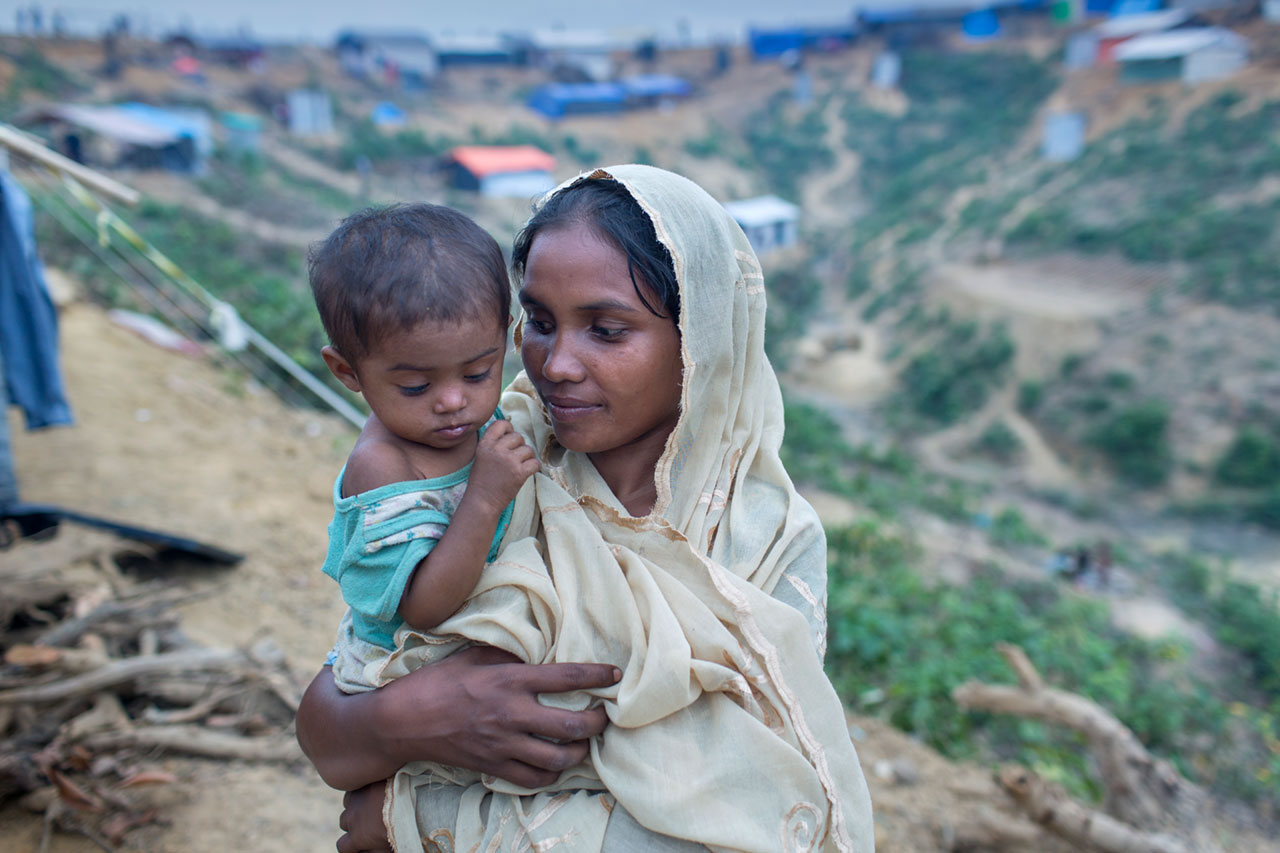
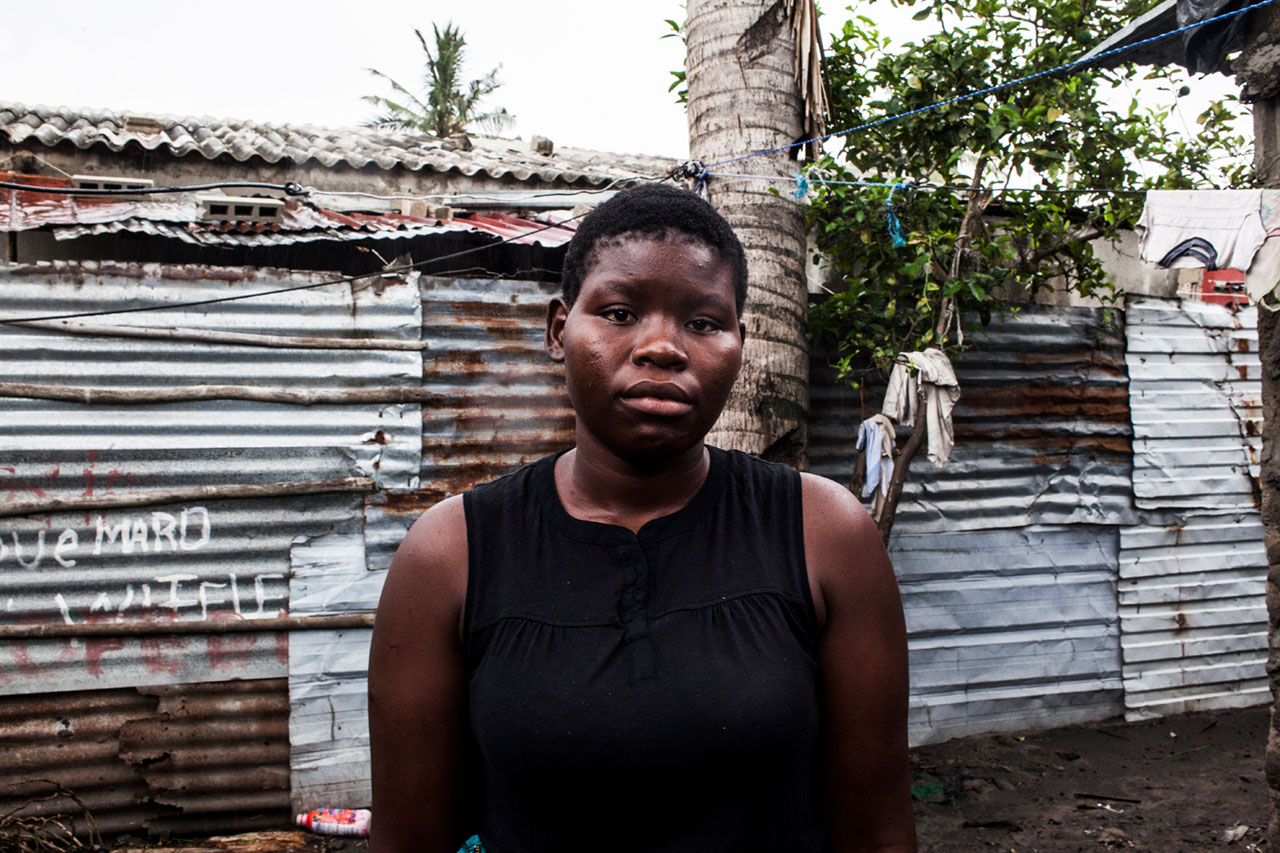
Read more about why mothers impacted by climate change like Laura need access to safe abortion.
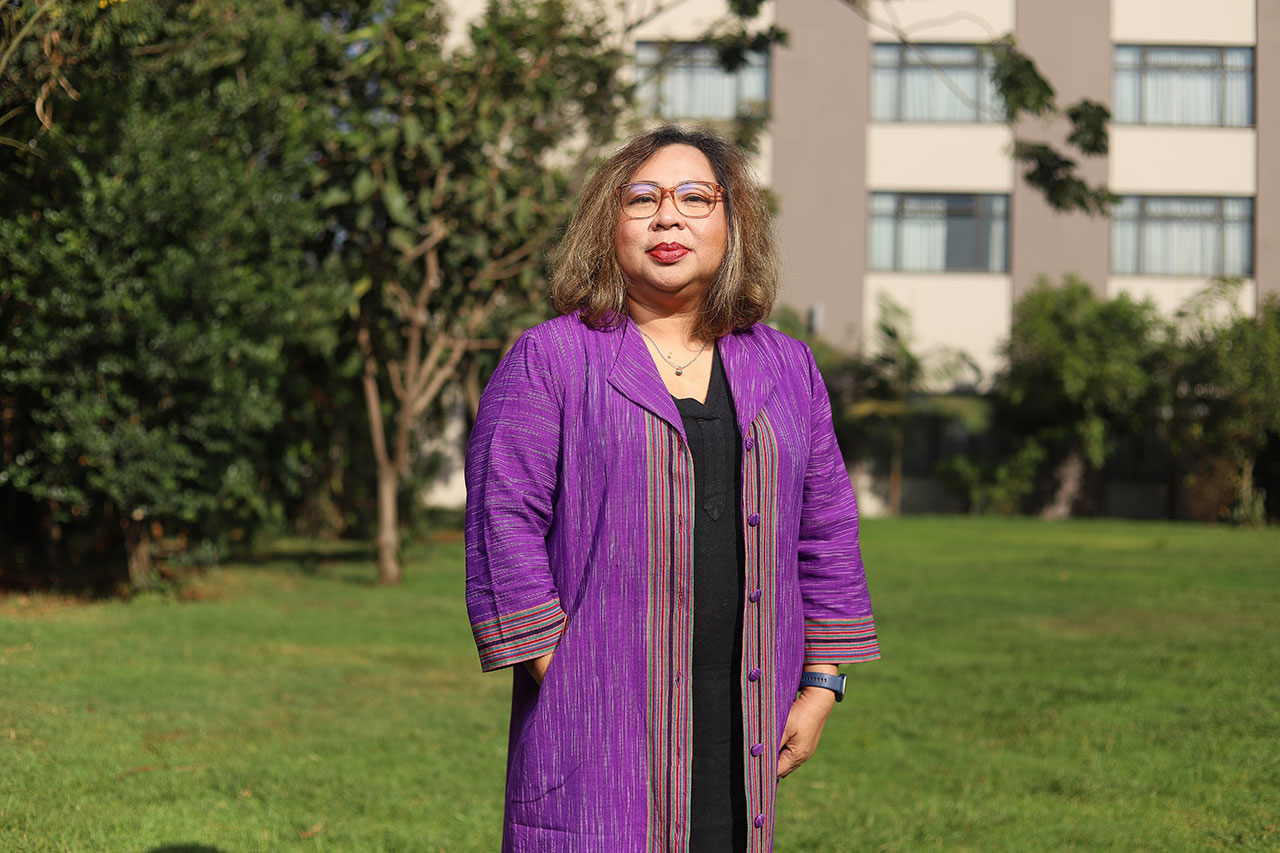
Read more about how choosing abortion was the right decision for Marcia and her family.
Here are three ways abortion access helps mothers and their families:
1. Moms won’t die from unsafe abortion—and their existing children won’t lose their mother.
In places where abortion is not accessible or affordable, more women—many who are already mothers—die or suffer injuries when they try to end pregnancies with unsafe methods.
Studies estimate that in Sub-Saharan Africa, transitioning to making safe abortions available could gain thousands of years of life per 100,000 procedures. In the US, Medicaid coverage for necessary abortion services is linked to fewer cases of severe maternal health issues.
2. Teenagers and young women can become mothers when they’re ready.
In places where teenagers can access safe abortion, there are fewer teen pregnancies and more young women wait until they’re older to have kids. This means they can finish school, be less tied down by relationships that may be unhealthy for them and have better career opportunities.
Evidence from diverse settings supports this. For example, starting in 1969, teenagers in Oslo had access to abortion services that were generally denied to teenagers in other parts of Norway. This abortion access translated into lower rates of teen pregnancy, higher age before having children, and a small increase in completed family size. In Eastern Europe, increasing abortion access led to a large decrease of teenagers having children and an increase in marriage rates for non-teenage women. In the United States, states that have funded abortion services had lower birth rates among teenagers.
3. Moms can take better care of the kids they already have.
While historical evidence from Romania’s abortion ban showed a significant decline in educational and labor market achievements of those born during the ban, studies from both Sub-Saharan Africa and Taiwan linked abortion law liberalization to greater parental investment in girls’ schooling. In the United States, children faced lower infant mortality if they were born after the Supreme Court’s 1973 Roe v. Wade ruling that established a constitutional right to abortion.

